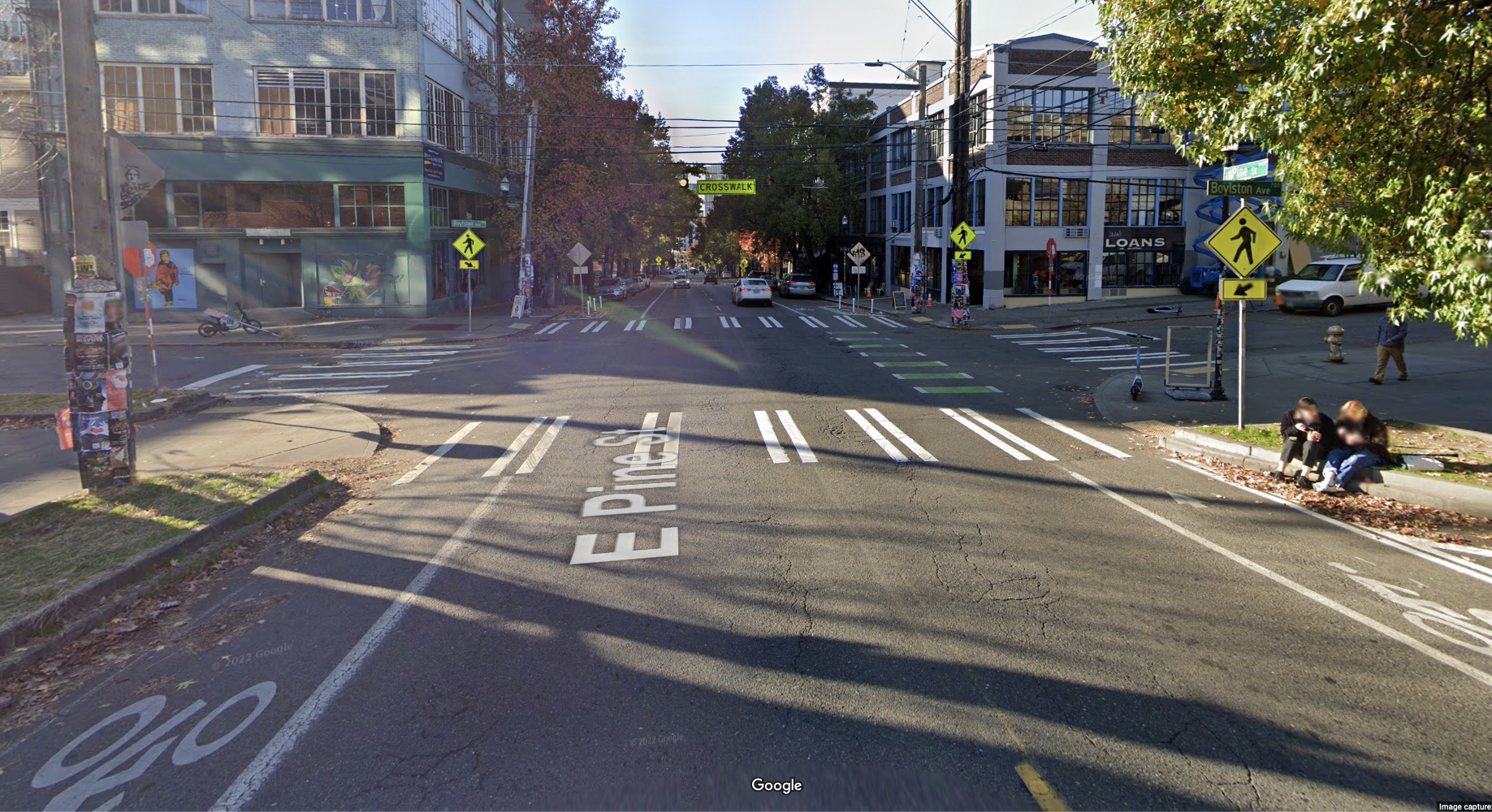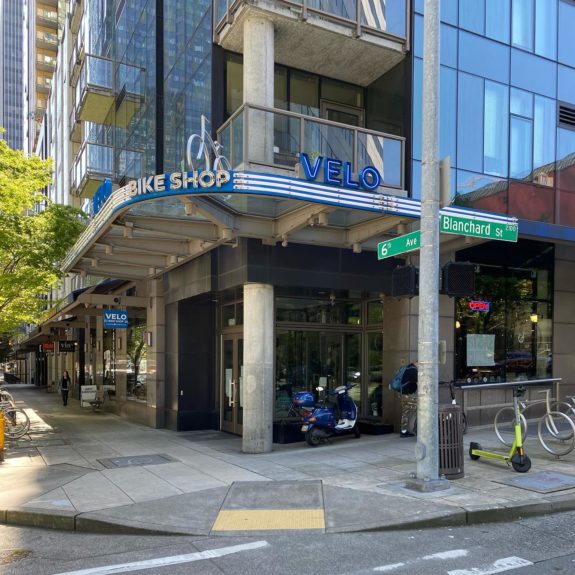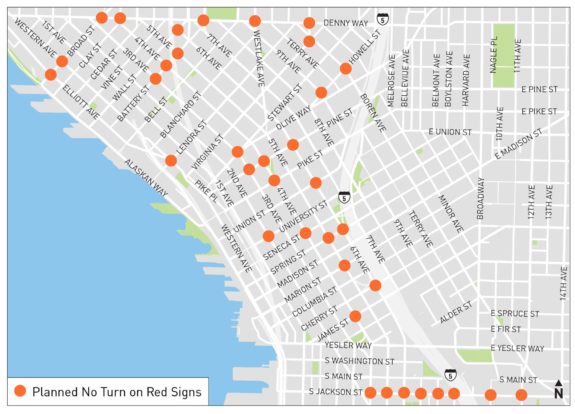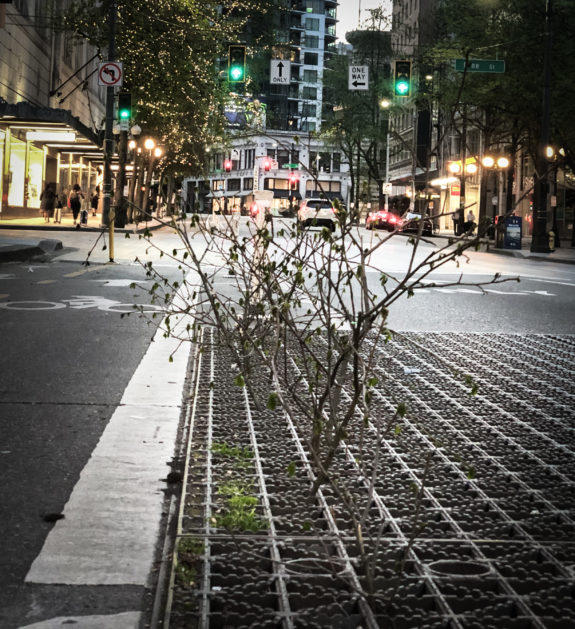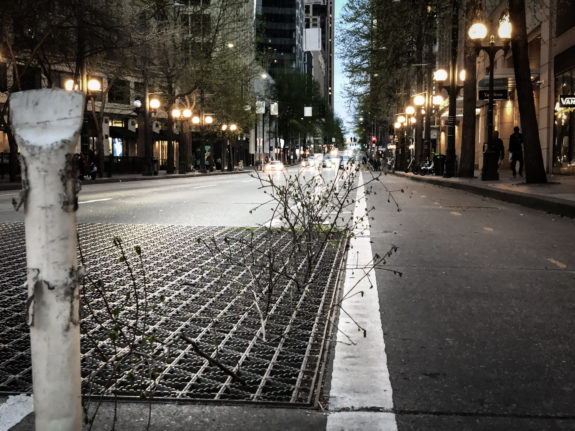
Sometimes and idea comes along that is so simple you can’t believe you haven’t seen it before. This prototype traffic signal in Quebec is red by default, and it will only turn green if its radar detects an approaching vehicle that is traveling at or below the speed limit.
Signal creator Kalitec calls the signal EARL for “Educational Awareness Reward Light (in French it is called FRED for “feu de ralentissement éducatif”). The test signal has been installed near a school in Brossard, Canada, to enforce the 30 km/h (about 19 mph) speed limit there. It’s sort of serving the function of a speed hump, but without the hump.
StreetsblogMASS reported on the signal with the headline “Steal This Idea”:
The FRED light in Brossard is being tried out for a 90-day trial period on Rue Stravinski, a two-lane street that runs through a suburban residential area.
Before the light was installed, Mayor [Doreen] Assaad said that Rue Stravinski had average vehicle speeds of 40 km/h (25 mph). But in the past week, average speeds have dropped to 29 km/h (18 mph). […]
“Fines might be effective, but it’s effective after-the-fact,” says Mayor Assaad. “The beauty of FRED is we reward good behavior, and it’s immediate. It doesn’t record any private information, it just detects that the vehicle is coming and measures its speed. So it’s a carrot instead of a stick.”
Watch it in action in this Kalitec promo video:
(more…)
